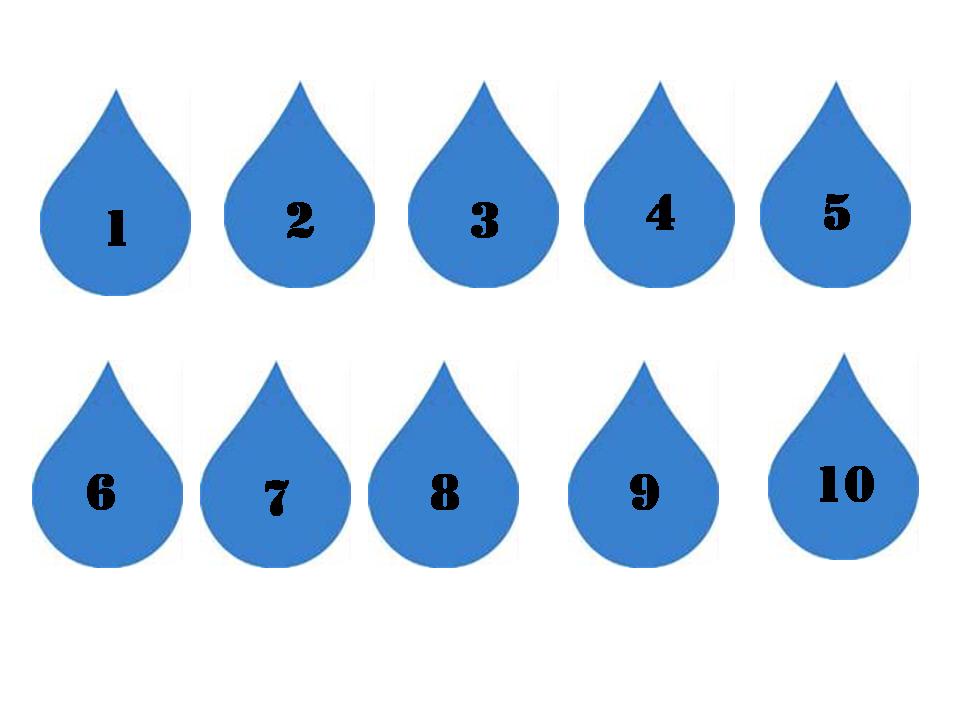
The use of 2D video disdrometers that can determine the shapes and velocity of droplets gives a stimulus to more studies on drop size distribution. Raindrop oscillations and mechanisms capable of maintaining oscillation against viscous decay ( Tokay and Beard 1996) have been the subject of many laboratory and field experiments because they are supposed to play a crucial role in determining drop shape ( Testik and Barros 2006).

The use of radar data collected from regions with different climatological regimes (here, Florida and Italy) allows a comparison between the retrieved drop shapes.Įquation (6) yields axis ratios that are significantly more spherical than were found Pruppacher and Beard (1970), particularly for drops with 1 < D < 4 mm, and agrees quite well with the relationship of Andsager et al. In this work, the retrieval of the drop shape directly from polarimetric radar measurements is presented and evaluated. Another point that should be stressed is how different climatological regimes affect the drop shape. All of the above studies have produced a plethora of models emphasizing that a nonlinear relationship should be better than a linear one rather than fixing these new relationships in order to obtain more robust polarimetric estimates. 1982 Beard and Chuang 1987 Chandrasekar et al. There has been considerable discussion about the deviation of the drop axis ratio from its equilibrium value ( Goddard et al. With the increasing importance of polarimetric measurements, this departure can no longer be neglected. However, there has not been much research into polarimetric radar based deduction of raindrop shape even though the shape of raindrops plays a critical role in rainfall estimation from polarimetric radars.įrom a theoretical viewpoint, an equilibrium shape of raindrops as the result of a balance of surface tension, aerodynamic forces, and hydrostatic and internal pressures has been assumed in earlier studies, although it was assumed that the average shape departs significantly from that of the equilibrium shape. There has been extensive research conducted on microphysical retrievals such as hydrometeor classification or hail detection ( Aydin et al. The common procedure assumes that raindrops are represented by a family of drop size distributions and retrieves the parameters from an assumed relationship among the shape and size of raindrops and measurements of radar reflectivity ( Z h), differential reflectivity ( Z dr), and differential propagation phase (Φ dp). Polarimetric radar measurements are used to retrieve properties of raindrop distributions. The significant result shows that the underlying mean axis ratio approaches the model established by Pruppacher and Beard, and the relationship described by Beard and Chuang forms a sort of border for the sphericity of the drop shape. The radar polarimetric data were collected in two different climatological regions as central Florida and northern Italy. This methodology is used to observe for the first time the predominant shape of raindrops directly from the radar measurements.

In this space the scatter of drop size distribution (DSD) variability is minimized in such a way that drop-shape variability shows up. In this work the self-consistency principle is collapsed onto a two-dimensional domain defined by the variables: 1) the ratio between specific differential phase and reflectivity factor, and 2) differential reflectivity. generalized this concept in the self-consistency principle, which stated that, given a drop-shape model to describe the form of raindrops, the corresponding radar measurements are constrained on this three-dimensional surface. showed the potential advantage of using together polarimetric radar measurements of reflectivity factor, differential reflectivity, and specific differential propagation phase, in order to gather information about the calibration of radar systems.


 0 kommentar(er)
0 kommentar(er)
